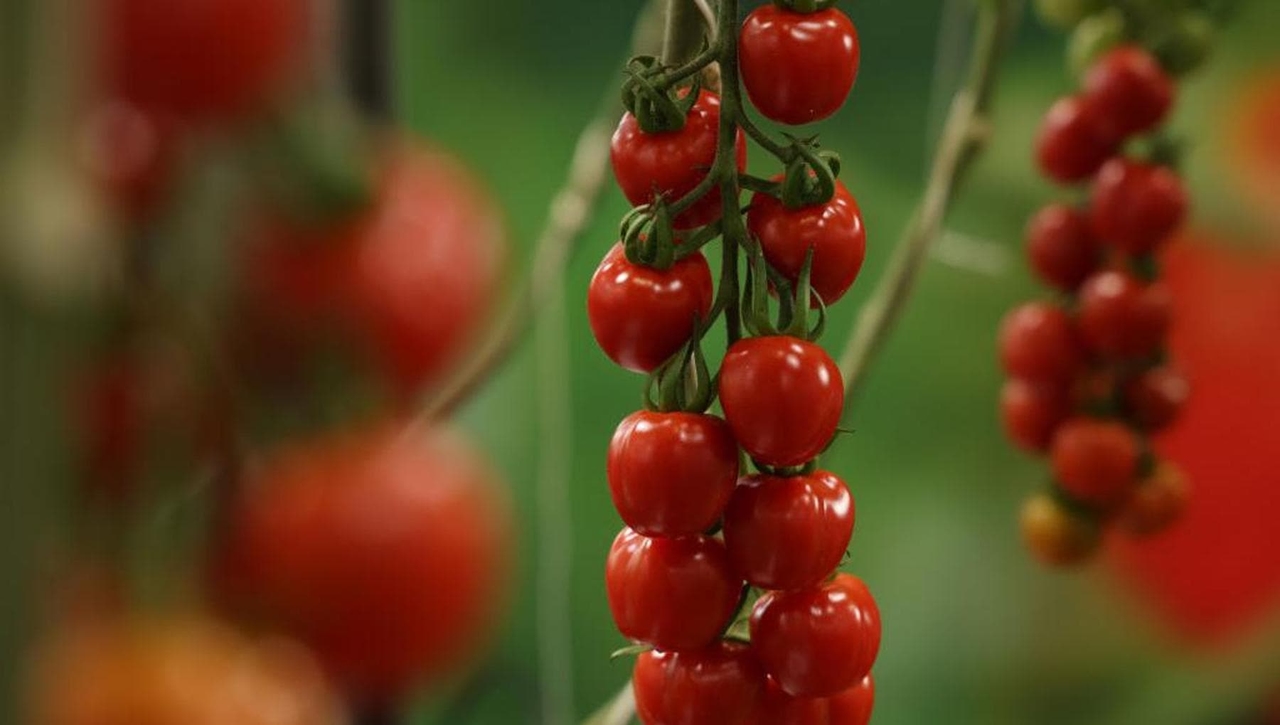Salmonella Danger in Cherry Tomatoes (and Perhaps Not Only). How to Combat the Bacteria

Cherry and datterini tomatoes have been under fire for weeks for the presence of a particular strain of Salmonella. The alarm comes from Europe, but the finger is pointed at Italy, and Sicily in particular, where these tomatoes are largely grown. And as cases increase, the latest in Tuscany and in recent days in Reggio Emilia, where there are around sixty suspected cases and three hospitalizations, the question is whether cherry tomatoes—or at least only cherry tomatoes—are actually responsible for transmitting Salmonella Strathcona, a very rare Salmonella serotype. Because while it's true that many Europeans who subsequently fell ill had been to Italy, the cases in the Reggio Emilia area suggest a European outbreak that could be broader and involve vegetables other than cherry tomatoes, given that there's no certainty that the suspected cases had eaten them.
Highly specific investigationsBut how do you identify such a rare salmonella serotype? Initially, investigations from abroad reached Italy, where highly specialized and specific techniques were used, similar to DNA testing in a murder case: the genetic fingerprint is unique and cannot be cheated. "In this case," explains Antonello Paparella, Professor of Food Microbiology at the Department of Agri-food and Environmental Biosciences and Technologies at the University of Teramo, "it's the Next Generation Sequence test, which is used by investigating authorities and is truly a kind of pathogen fingerprint; it reveals a unique molecular profile. In this case, it was identified in a Norwegian patient, and then a search was performed in the databases of the Zooprophylactic Institutes, finding an exact match in irrigation water samples from a Sicilian producer. However, this isn't enough because it could also be found elsewhere. It's no coincidence that this Salmonella was detected in the water but not in the product, namely the cherry tomatoes. And there's no certainty that the Reggio Emilia cases ate cherry tomatoes, but likely other vegetables irrigated with contaminated water."
How contamination occursBut how can Salmonella contamination occur? "From irrigation with contaminated water," Paparella continues, "or because the cultivation areas are downstream from livestock farms and rains wash down the microorganisms that contaminate the soil. And also during harvesting operations, from the hands of workers, or during packing and packaging. Subsequent contamination is quite unlikely."
How to reduce the riskBut what can a consumer do to minimize the risk of contamination? Rule number one is to learn to choose products carefully. "Avoid products with small cuts or dents that could allow microorganisms to enter," the expert continues. "Make sure the packaging is intact and store it properly in the refrigerator: salmonella multiplies at 7 degrees Celsius and above, so it's best to store the tray at lower temperatures. The vegetable drawer is generally between 8 and 10 degrees Celsius; in this case, microorganisms grow, but more slowly."
How to wash themThe main point is washing. Water is sufficient, as long as it's running water and at room temperature. "Pachino, cherry, and datterino tomatoes are the most fragile due to their thick skin and sugar content," Paparella continues. "Piennolo tomatoes also keep much longer, thanks in part to their higher acidity and thicker, tougher skin. Washing is essential, however: don't immerse tomatoes in bowls of water because their cells have "mouths" called stomata, which can be a gateway for microorganisms, even when the tomatoes are intact. Tomatoes also lack stems, and that too is a gateway for pathogens."
A 99% reductionScrubbing them with water, however, reduces the bacterial count of all microorganisms by a good 99%. The same goes for all vegetables, including salad greens. "We conducted a study," Paparella explains, "in which we compared this washing method with that of using baking soda and bleach. Baking soda has almost no effect; it only has a mild abrasive effect, but not antimicrobial. Washing with bleach has a greater antimicrobial effect than washing alone, but it can leave residues that can cause toxicity. I wouldn't recommend this method of washing on a regular basis, but only if you have infants, elderly people, or are in tropical countries."
The symptomsBut what symptoms can Salmonella cause, and how severe is it? "Salmonella Strathcona can cause illness with gastrointestinal symptoms even at low levels," Paparella specifies. "Symptoms that can worsen if the patient has comorbidities, such as diabetes, tumors, use of medications like cortisone, which lowers the immune system, lupus, or if they take drugs like ecstasy, or if they are pregnant." In these cases, greater caution is needed regarding potentially risky foods, such as fruits and vegetables, eggs and egg-based creams, undercooked chicken, pork, and cured meats that have not been fully cured. "Cases of Salmonella in chocolate are emerging," the expert concludes. "It's thought it could come from cocoa beans left to dry in the sun and contaminated by birds or rats, but roasting the beans kills the salmonella. So, evidently, contamination occurs later as well."
repubblica



